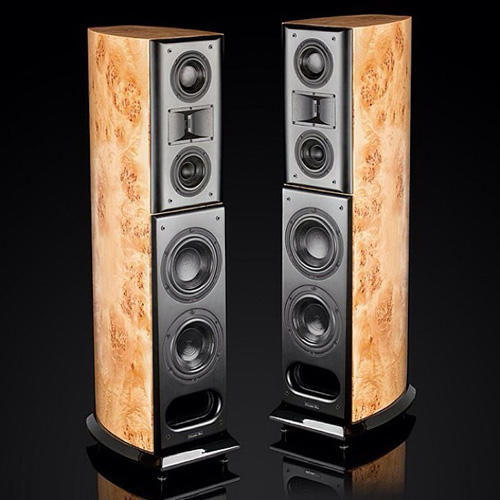Thanks for the extra info, @audiokinesis - I tried refreshing my memory via Wikipedia but it seemed woefully limited on details. Even the AES synopsis of his article seems to indicate he had much more to say about the interaction of driver arrangements, lobing and crossover slopes than what I put in my original post.
For sure, without a horn / waveguide tweeter in the middle it seems hard to get the same tight vertical dispersion as the outer drivers, so using a simple dome tweeter seems to short-change the design.
For those, besides Duke: Duke is pointing out that a simple MTM arrangement, using a dome T falls short of D'Appolito's design. In particular, the mids would have tight vertical dispersion, but the tweeter would have very wide vertical dispersion. Using a horn/waveguid would give similar vertical dispersion, and therefore reduce high frequency reflections (i.e. increase detail) and also sound smoother off-axis.
The use of a horn also would seem to be a way to enable 4th order filters, thanks to the physical set-back of the driver. I must say that this is definitely one area where using an active / digital crossover can really make your life easy.




